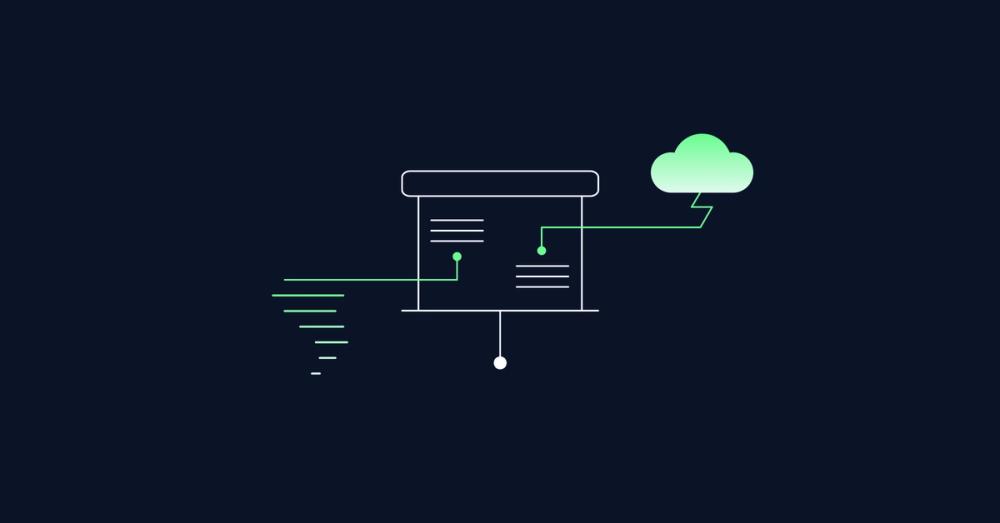Usability Testing: The Basics
This post is part of a series
Unlock Success with Rapid Usability Testing
Usability Testing: The Basics (currently reading)
8′ reading timeHow We Saved Thousands With Usability Testing: A Case Study
8′ reading timeEssential Usability Testing Checklist for Your Business
3′ reading timeUncover 80% of Your Product’s Usability Issues with Just 5 Usability Tests
6′ reading time

What is Usability Testing? Link to this headline
Usability testing is instant validation of ideas to save time and resources on design and implementation. Often referred to as "user testing," this process involves observing real users as they interact with a product to complete specific tasks.
The primary goal of usability testing is to identify any points where users experience frustration or confusion. By finding these trouble areas, businesses can make informed decisions about where improvements are needed.
Why Does Usability Testing Matter for Your Business? Link to this headline
Why is usability testing necessary? Isn't a skilled UX designer capable of creating an excellent user interface?
While professional UX designers are highly skilled, even the best cannot design a flawless user experience without iterative design informed by real user interactions.
Designing a modern user interface involves numerous variables, and the complexities of the human brain add even more factors to consider. The sheer number of possible combinations makes it challenging to get UX design right without testing.
Usability testing helps answer critical questions such as:
- 📖 Can users find the information they need?
- 🎯 Are they able to achieve their goals?
- 🧩 Do they understand the content?
- ❓ Are users getting lost or confused?
5 Benefits of Usability Testing Link to this headline
Improving the User Experience (UX) Link to this headline
Usability testing is essential for significantly enhancing user experience, leading to higher customer satisfaction. In the realm of UX, the importance of a seamless interface is very important, especially for online sales where customers can't physically interact with products.
In-person shopping allows customers to touch and feel products, but digital products rely solely on the user interface. A subpar digital experience can quickly frustrate users. Usability testing helps ensure that digital interfaces are intuitive and user-friendly, crucial for keeping users engaged and satisfied.
Saving Time and Money Link to this headline
Conducting usability tests remotely can save your business both time and money before launching a new website or product. Early identification of issues allows you to make necessary adjustments before release, avoiding the costly process of fixing problems after launch. By getting it right the first time, you avoid the expenses associated with recalls and reworks.
Identifying Problems Early Link to this headline
Running usability tests during the product development phase is crucial for catching issues early. Fixing these problems before the product is finalized is far more efficient than addressing them post-launch. Early problem detection not only improves the product but also boosts your company's reputation by meeting customer expectations and preventing negative feedback.
At Dinghy, we offer comprehensive usability testing services. Usability testing can be fast – it typically takes us no more than two weeks to deliver validated results. Get in touch with our experts to learn more and ensure your product meets the highest standards of user experience.
Enhancing Product Quality and Performance Link to this headline
Rapid usability testing directly contributes to better product quality and performance. By identifying and resolving rapid usability issues, you create a smoother, more enjoyable user experience. This leads to happier customers, positive reviews, and increased sales. Continuous improvement through usability testing ensures your product remains competitive and well-received in the market.
Boosting Customer Loyalty and Satisfaction Link to this headline
A well-designed product that has undergone thorough usability testing tends to retain customers and build brand loyalty. When users have a positive experience, they are more likely to return and recommend your product to others, driving long-term business success.
Consequences of Skipping Usability Testing Link to this headline
When usability testing is neglected, issues that could have been identified and resolved during the design phase are instead discovered by end-users. This oversight can lead to a poor client experience, decreased customer satisfaction, and reduced conversions. By proactively conducting usability tests, businesses can prevent these negative outcomes and ensure a positive user experience from the outset.
Negative Impact on User Experience Link to this headline
Without usability testing, design flaws and usability problems might not be noticed until users try the product. These issues can cause frustrating navigation, confusing interfaces, or missing features. Users facing these problems are likely to abandon the product, leading to higher bounce rates and lower retention. This can damage the brand’s reputation and erode customer trust.
Increased Costs and Time for Redesign Link to this headline
Finding usability issues after launch usually means expensive and time-consuming redesigns. Fixing problems post-release may require significant development work, disrupting schedules and pulling resources from other tasks. By conducting usability testing early, businesses can spot and address issues before they grow, saving time and money.
Missed Opportunities for Improvement Link to this headline
Usability testing offers valuable feedback that drives continuous improvement. Skipping this step means missing chances to refine and enhance the product based on real user input. Regular usability testing helps businesses meet user expectations, adapt to changing needs, and provide a better experience. Prioritizing usability testing keeps companies competitive and builds long-term customer loyalty.
Addressing Common Misconceptions About Usability Testing Link to this headline
Many stakeholders perceive usability testing as too expensive and time-consuming. However, the reality is that usability testing can be conducted on any budget and timeframe.
Usability Testing on Any Budget Link to this headline
Usability testing does not necessarily require a large financial investment. There are various cost-effective methods available, such as remote testing and using online usability testing platforms. At Dinghy, our usability testing services are both fast and affordable. These tools allow businesses to gather valuable user feedback without the need for expensive lab setups or in-person sessions.
Efficient and Time-Saving Methods Link to this headline
Time constraints are a common concern, but modern usability testing techniques can help. Rapid Testing, for example, allows for quick and efficient feedback collection. This method uses short, focused sessions that can be completed in just a few days and businesses can make fast adjustments and stay on track with their project timelines while still gaining valuable user feedback.
Conclusion Link to this headline
Usability testing is a vital process that helps ensure products meet user needs and expectations. By finding and fixing usability issues early, businesses can save time and money, improve product quality, and increase customer satisfaction and loyalty.
Despite common misconceptions, usability testing is both cost-effective and efficient, offering valuable insights into user behavior. Skipping this important step can result in poor user experiences and lower conversions.
Embracing usability testing allows businesses to create products that are not only functional but also enjoyable to use, leading to greater success in a competitive market.
Frequently Asked Questions Link to this headline
What is usability testing and why is it important?
Usability testing involves observing real users to identify issues in a product's design. It’s important because it helps improve user experience by addressing problems early, leading to a more intuitive and user-friendly product.
How does usability testing save time and money?
It saves time and money by spotting issues before launch, which prevents costly fixes and redesigns later. Early problem detection allows for efficient adjustments and avoids expensive recalls.
What are common misconceptions about usability testing?
Many think usability testing is too costly and time-consuming. In reality, there are affordable methods and rapid testing techniques that provide valuable feedback quickly, making usability testing accessible and efficient.


